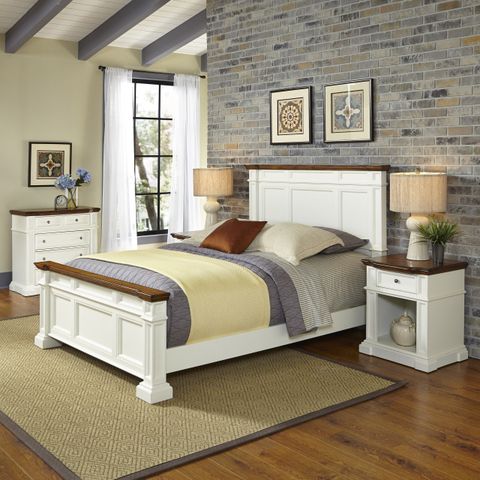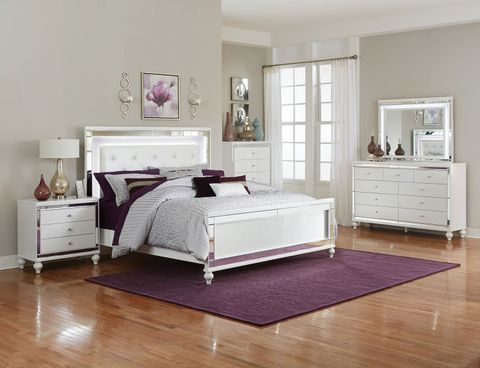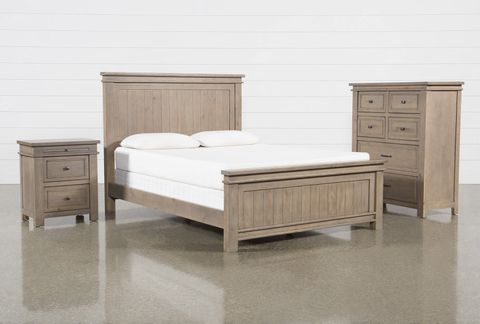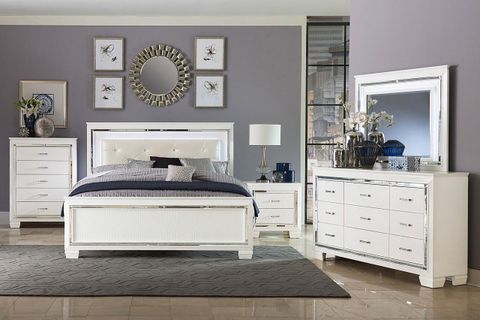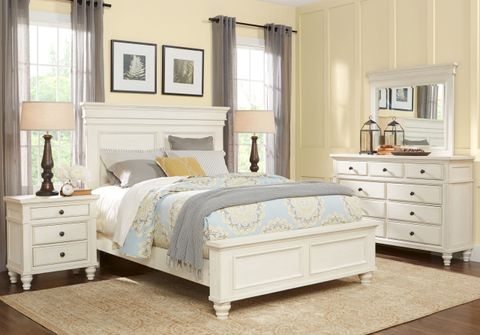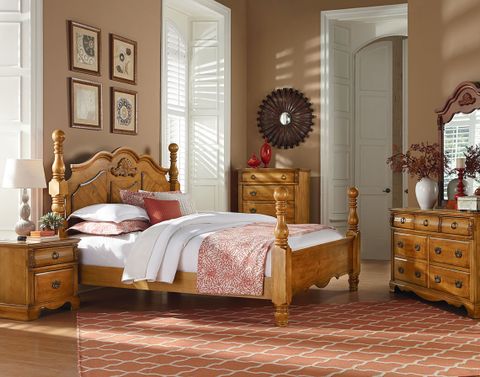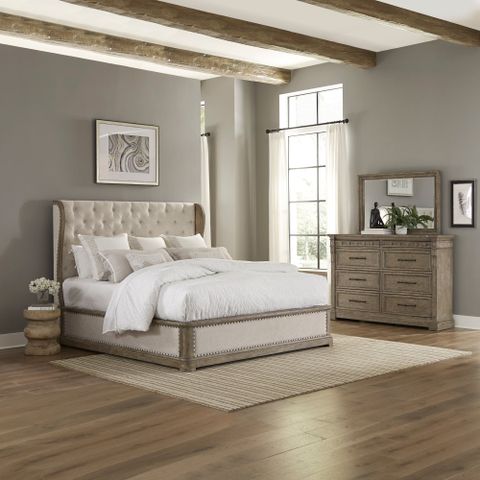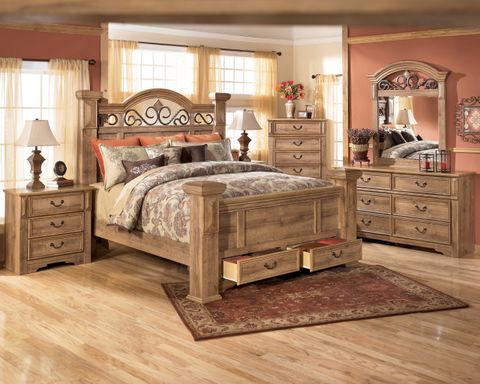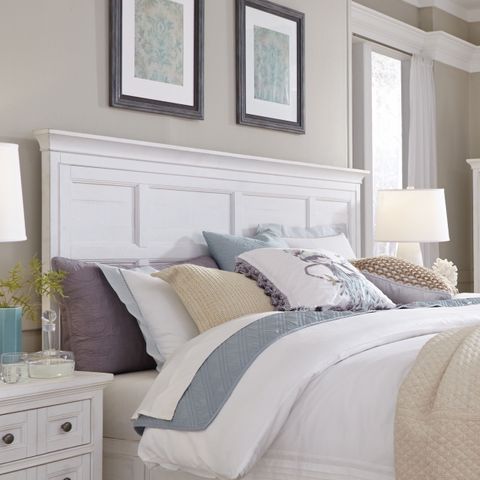Windows do a lot more than just let the sunshine in and allow you to see the world outside. They’re a critical part of your home’s energy efficiency, and understanding how they function can make a big difference in your comfort levels, your energy bills, and the environment. This guide will break down everything you need to know about window energy performance, from the different types available to how to make smart choices for your home and, of course, save money.
We often overlook them, but your windows are unsung heroes – or sometimes, villains – in the story of your home’s energy use. They can be a major source of heat loss during the winter and heat gain during the summer. This means your HVAC system has to work extra hard, which translates to higher energy bills and a bigger carbon footprint. But don’t despair. With the right information, you can make informed decisions about your windows, improving your home’s efficiency and making your living space more comfortable. This isn’t about becoming an expert overnight, it’s about understanding the fundamentals and empowering yourself to make good choices.
The Basics: Understanding Window Energy Performance
Let’s start with the core concepts. When we talk about window energy performance, we’re usually talking about three key factors:
- U-Factor: This measures how well a window prevents heat loss. A lower U-factor means better insulation and less heat escaping during the winter. Think of it like a good winter coat; the lower the number, the warmer you stay.
- Solar Heat Gain Coefficient (SHGC): This measures how well a window blocks heat from the sun. A lower SHGC means less solar heat enters your home during the summer, keeping things cooler and reducing the load on your air conditioner. It’s like having a good shade on a hot day.
- Visible Transmittance (VT): This is how much visible light comes through the window. While not directly related to energy efficiency, it impacts natural lighting and can affect your comfort and the look of your home. A good balance is usually what you want here.
These factors are usually displayed on a sticker on the window itself, so keep an eye out when you’re looking at new windows.
Window Types: A Quick Overview
Not all windows are made the same, and their energy efficiency varies greatly. Here’s a rundown of some common types:
- Single-Pane Windows: These are the least energy-efficient. They have only one layer of glass, offering minimal insulation. You’ll often find them in older homes.
- Double-Pane Windows: These have two layers of glass with a space (usually filled with air or an inert gas like argon or krypton) in between. This space provides better insulation than single-pane windows.
- Triple-Pane Windows: As the name suggests, these have three layers of glass, offering even better insulation than double-pane windows. They’re becoming increasingly popular in colder climates.
- Low-E Coatings: Many modern windows feature Low-E (low-emissivity) coatings. These are thin, transparent layers applied to the glass that help reflect infrared light, reducing heat transfer and improving energy efficiency. They’re a great addition to any type of window.
Consider your climate and budget when selecting the right window type for your home. If you reside in an area with harsh winters, triple-pane windows or double-pane with low-E coatings might be worth the investment. For warmer climates, windows with a lower SHGC are key.
The Role of Frames: More Than Just Looks
The frame of your window also plays a significant role in its energy efficiency. Here’s a quick guide:
- Wood Frames: Offer good insulation but require regular maintenance to prevent rot and warping. They’re a classic choice, and when maintained well, can last for a long time.
- Vinyl Frames: These are a popular choice because they require very little maintenance and offer good insulation. They are usually the most affordable option.
- Aluminum Frames: While durable and long-lasting, aluminum is a poor insulator. They can lead to heat loss in the winter and heat gain in the summer. Often, aluminum frames are broken with a thermal break to improve insulation.
- Fiberglass Frames: These are a great balance of durability, insulation, and low-maintenance. They are a very good option.
Consider the trade-offs between aesthetics, cost, and energy efficiency when choosing your window frames.
Practical Tips for Improving Window Energy Efficiency
You don’t necessarily need to replace all your windows to improve your home’s energy efficiency. Here are some things you can do now:
- Weatherstripping: Seal any gaps around your windows with weatherstripping. This is a simple, inexpensive fix that can significantly reduce air leaks.
- Caulking: Apply caulk around the window frames, both inside and out, to seal any cracks or openings.
- Window Coverings: Use curtains, blinds, or shades to control sunlight and heat gain. Close them during the hottest part of the day in summer, and open them to let sunlight in during the winter.
- Storm Windows: If you have older windows, consider adding storm windows. They provide an extra layer of insulation.
- Professional Assessment: If you’re unsure about your windows’ performance, consider a professional energy audit. It can identify areas for improvement and provide tailored recommendations.
These simple steps can make a noticeable difference in your home’s comfort and energy bills.
Making Smart Choices: When to Replace Your Windows
Deciding when to replace your windows is a big decision, but it can be a worthwhile investment in the long run. Here are some signs that it might be time for an upgrade:
- Drafts: If you feel drafts around your windows, it’s a sign of air leaks.
- High Energy Bills: If your energy bills are consistently high, your windows might be a contributing factor.
- Condensation: Excessive condensation between the panes of glass indicates a failing seal.
- Damage: Cracks, rot, or other damage can compromise your windows’ performance.
- Old Age: Windows that are more than 20 years old are likely less energy-efficient than newer models.
When replacing your windows, look for ENERGY STAR certified products. These windows meet specific energy efficiency criteria and can qualify you for rebates or tax credits. Research different window materials, brands, and installers to find the best fit for your home, your budget, and your needs.
Beyond the Basics: Additional Considerations
As you dig deeper, other factors come into play. The orientation of your windows (north, south, east, or west-facing) impacts how much sunlight they receive and how much heat they gain or lose. Your local climate conditions also matter. In areas with extreme heat, windows with a low SHGC are essential. In cold climates, good insulation (low U-factor) is key. Finally, consider the overall aesthetics of your home. Choose window styles and designs that complement your architecture and personal taste. There are so many options out there. It all comes down to personal preference.
Understanding the energy efficiency of your windows is a crucial step toward creating a more sustainable and comfortable home. By understanding the factors that influence window performance, choosing the right window types, and taking practical steps to improve their efficiency, you can reduce your energy consumption, lower your bills, and contribute to a healthier planet. It’s not always a simple process, but the rewards – a more comfortable home, lower energy costs, and a smaller environmental footprint – are well worth the effort. So, take a look at your windows, and start your journey towards a more energy-efficient and sustainable home today. And remeber, this is a journey, not a destination. You don’t have to do everything at once, every small change will make a difference and that is what matters the most.

